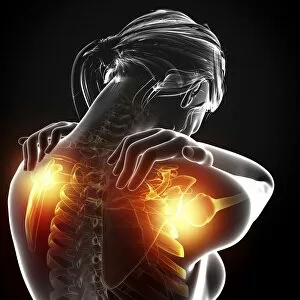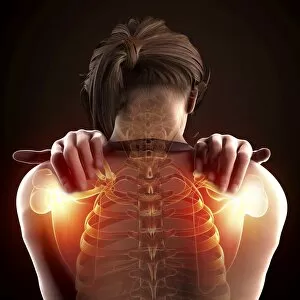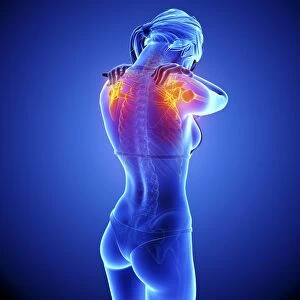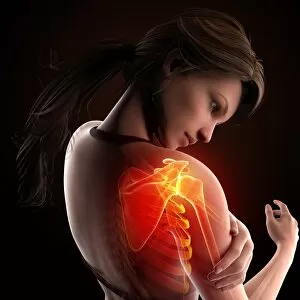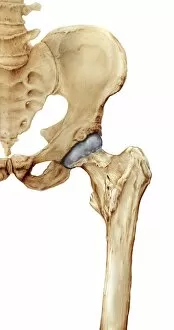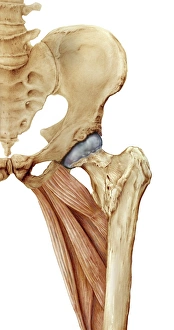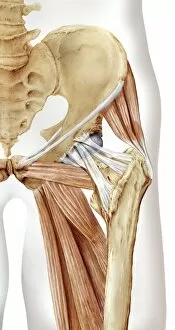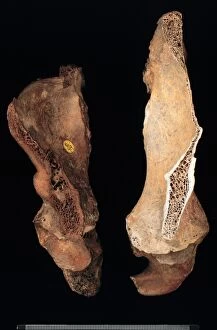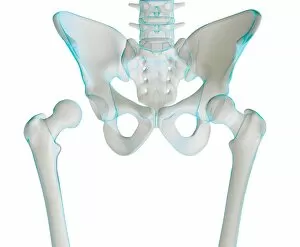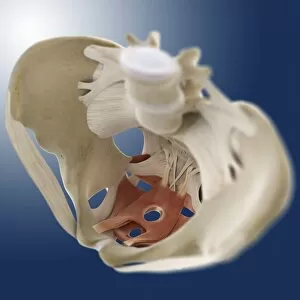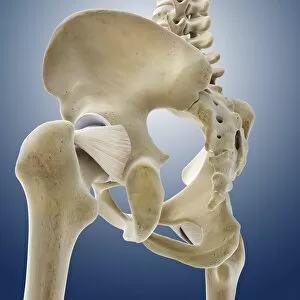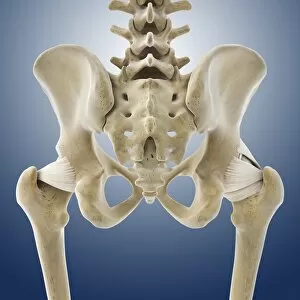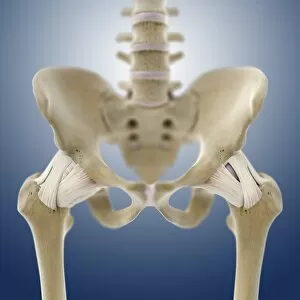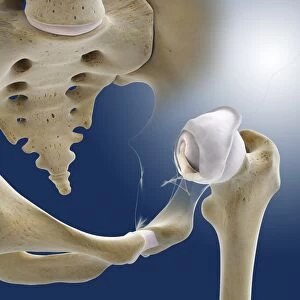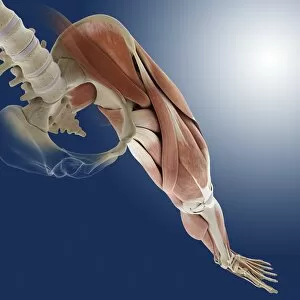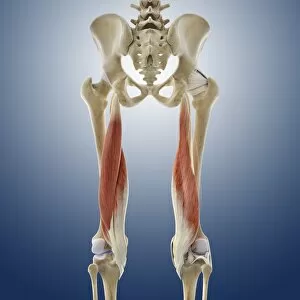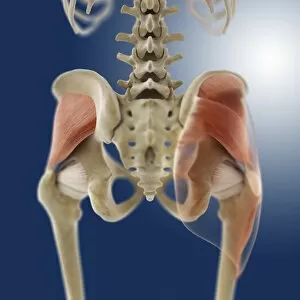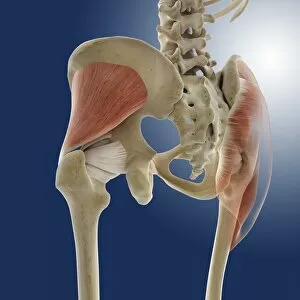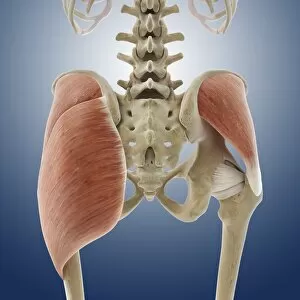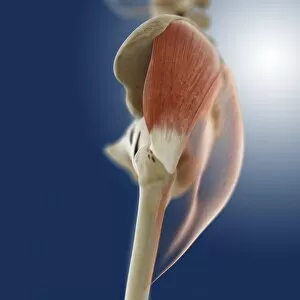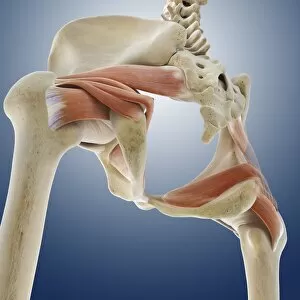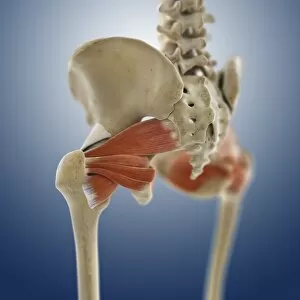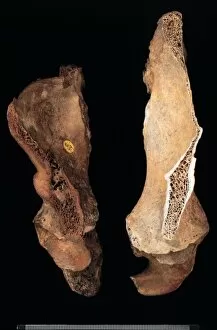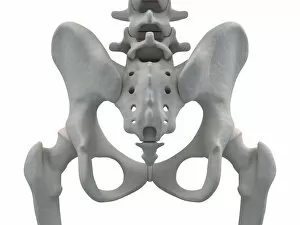Ilium Collection (page 2)
The ilium, a crucial part of the human pelvis, plays various roles in our body
All Professionally Made to Order for Quick Shipping
The ilium, a crucial part of the human pelvis, plays various roles in our body. In its normal anterior view, it forms the hip bones and provides support for the small intestine. However, repetitive activities like aerobics that involve lifting up the knee can lead to trauma in this area. Arthritis and osteophytes on femoral heads are visible when observing an anterior view of the pelvis with hip bones affected by these conditions. On the other hand, a normal open hip reveals the articular surface of the femur. Snapping hip syndrome occurs when there is subluxation of the iliopsoas tendon over the greater trochanter. This condition can cause discomfort during movement. Interestingly, historical manuscripts shed light on how Troy influenced French culture. For instance, "Ms 2028 fol. 2 The Trojan origins of the French nation" from Grandes Chroniques de depicts this connection while "Ms 782 The Construction of Troy" illustrates Le Roman de Troie. A posterior view showcases not only the hip bones but also includes a glimpse of gluteus maximus muscle and lumbar region anatomy. To better understand this intricate structure, studying an anterior view with labeled parts or examining male human skeleton views from both front and back angles proves beneficial in grasping its complexity.


